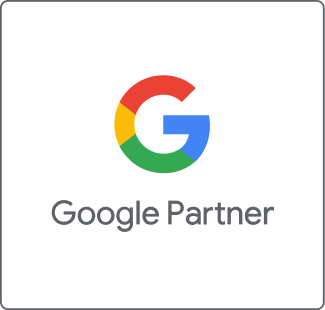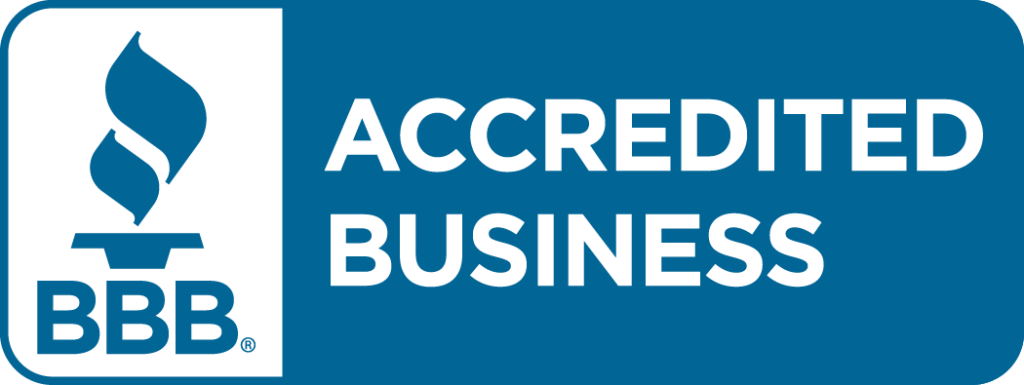Most likely? Absolutely. But . . . only with your due diligence. With the increase of webinars, virtual events, and even social media, the advantage of actual face-to-face interaction and networking is more apparent than ever.
[box style=”1″]
In fact, a 2013 study from the Event Marketing Institute showed that event and experiential marketing budgets are growing by about 5% annually, citing primary goals of brand awareness and driving sales.
[/box]

But as a substitute, they will not yield the complete results you need.
To illustrate, with the average user receiving 147 emails per day, filtering through an average of 141.5 Facebook friends posting vacation pictures, and scrolling the streaming thoughts of their 208 Twitter followers, it’s easy to see why an actual conversation and a handshake can still be much more memorable and open the door to a customer relationship with a much longer lifetime value.
Finding and rubbing elbows with these prospects takes hard work. There’s no made-to-order “magic booth rental package” (that I am aware of) that will auto-fill your desired traffic, qualify your leads, engage with your customers, and then send you home with with a big fat check just for playing.
But, if you do it well, you can reap the benefits long after you’ve stepped off the show floor.
[three_fourth]
So how do you decide what’s worth it?
Don’t let up-front costs alone be a deterrent. Consider it an investment.
Just like everything else, it’s all relative. $20,000 to exhibit at a trade show is uber cheap . . . IF it generates two or three times that in revenue.
Data from a Center for Exhibition Industry Research (CEIR) study shows that 70 percent of attendees make plans to buy one or more products after attending a trade show and on average, 76 percent of attendees ask for quotes and 26 percent of those end up signing purchase orders.
1. Do your homework.

Get to know the show’s attendee demographics. Search the event’s site and reach out to past attendees. What was their ROI and take away from the event? Keeping in mind how their target audience might be different from yours, ask what worked for them, and equally as important, what did not.
2. Define realistic goals.
If a trade show will provide lead generation and brand awareness, don’t set an unattainable “take home” sales goal. If you position yourself correctly, those sales will roll in a few months later.[/three_fourth]
[one_fourth_last][box style=”1″]
+
Booth Graphics
+
Collateral Material
+
Travel
+
Lodging
+
Meals
+
Time out of the office
+
Labor
=
A WHOLE LOTTA $
[/box][/one_fourth_last]
Beyond the Booth
To fully investigate the depth of the event, don’t settle for simple space purchase. Even if it’s a contest within your sales team to generate the most new business, never settle for an idle presence.
Look for, or create, opportunities to have an event within an event.
Most trade shows will let you put your logo on the bathroom sink if you’re willing to pay for it (and if the venue will let you). While all ideas are not worth the money, there are ways to gain massive exposure and associate yourself with industry leadership, and most are associated with, no surprise, providing any degree of value or entertainment to the attendee.
[one_half][box style=”1″]“Free Wifi Area and Device Docking Station: Brought to you by Company A.”
“Tonight’s Game (music act, comedian, celebrity appearance, etc.): Made possible by Company B.”
“Complimentary Ice Cream: Have a great summer on behalf of Company C.”[/box][/one_half]
[one_half_last]

[/one_half_last]
You get the idea. The opportunity is simple: Supplying a product or service people want, not only brings you brand recognition and favor, but keeps you top of mind when they have a need you can fill. Take the opportunity, without inconveniencing or “selling them” to put your company’s value in front of them. Often times what makes you the most relevant has little to do with what your company actually does, but more to do with the type of company you’re perceived to be.

The Budget Battle
Many marketers have to plead their case to the money-powers-that-be to get any kind of event budget. Instead of a ‘yes or no’ approach, start where it makes financial sense and then keep close track of ROI.
1. A No Show
One of the things people forget to ask is, “What is it costing us not to be there?”
Is your competitor gaining market share? Are you missing out on leads and potential sales? Although there is usually not a definitive answer to the what-if’s, it’s certainly something to consider in the evaluation process.
In fact, that same study from CIER indicates that, “72 percent of visitors say the show itself influences their buying decisions; 87 percent of attendees will pass along some of the information they obtained at the show, 64 percent will tell at least six other people about it.”
2. Lose the date limits.
Good event marketing extends far beyond the actual event. A perceived negative about events and trade shows is that it’s “a lot of money for 3 or 4 days.”
First, as already noted, if you’re merely existing at an event, you are wasting your money and should stay home. The degree of your success is your responsibility.
3. Promote the event like it’s your own.
Because essentially, it is. It’s your booth and your money being spent, isn’t it? Add your hook to hype your presence through your industry connections, website, and social media. And then, leverage the already present audience to your complete advantage. Host a 3 month contest, announcing the winner in your booth. Launch your new product with an active demo and then generate videos and photos for shared content. Use incentives for on-the-spot social media connection . . . possibilities are endless.

4. Less can be more.
Sorry guys. “Go big or go home” doesn’t apply here. The goal is still quality leads over quantity of booth traffic and gawkers. Especially if you’re attending a particular show for the first time and keeping it cost-conscious, remember: Having a small budget and looking cheap are not the same thing. And on the flip side, spending a lot of money doesn’t necessarily scream, “You cannot live without me!”
Unless your message is clear, it just looks like you wasted a lot of money to confuse people.
5. Pool resources.
If you’re a small or starter company, and you don’t want to put all your eggs in this one “show basket,” go to the show’s website and look at past exhibitor lists for opportunities to share a booth or sponsorship with a non-competing company or approach someone in your industry that didn’t exhibit last year.
6. Show budget equals zilch.
If the money to exhibit just isn’t there this year, go as an attendee. Get the list of exhibitors from the show’s website and map out booths to visit and start building relationships. This will also give you an opportunity to check out the look, flow, and feel as it applies to your target audience and how you can use it to fill your marketing goals.
For more insight, make an appointment (well before the actual event starts!) to meet with the show staff as a potential exhibitor. Obviously their time will be limited but, I’d be willing to bet they’ll make time for a future prospect as well. Then start planning for next year.
Learn and Relearn

As a first time exhibitor, you may not have gotten the right booth space. Being on the front row might seem like an advantage, but most people entering the doors are just getting their feet wet and spend more time near the concessions, bathrooms, or other natural gathering area.
Could one of these seemingly “non-prime” locations give your new brand more exposure to the right people? Maybe your display wasn’t a good fit for a corner booth and you need something open or in between isles? Ask for a more appropriate and strategic space before renewing your contract.
Maybe your approach was all wrong? You’d planned for in-depth conversations with prospects but only had time to peak their interest with a 45 second conversation. Adjust your signage and collateral so that if time is limited, your brand and its purpose and value is a no-brainer.
So, should you be going to trade shows?
The real questions to ask are, “Which trade shows best coincide with my marketing goals and how will I take advantage of them?”



